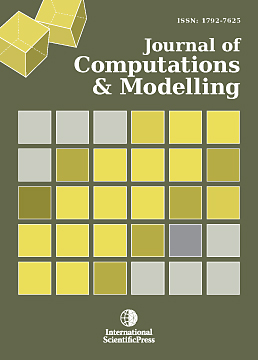Journal of Computations & Modelling
A comparative study of DFT/LDA with higher levels of theory on ð-ð interactions: A typical case for the benzene dimer
-
 [ Download ]
[ Download ]
- Times downloaded: 11121
-
Abstract
The description of the interactions involving species that have ð-ð configuration presents a real challenge in utilizing theoretical calculations. The problem arises from the kind of theoretical approaches employed to describe the nature of these non-covalent interactions. Various workers have described the interactions purely as Van der Waals, whilst others consider it as a competition between many other forces. Present approaches describing these interaction effects are computationally expensive. We report a pseudopotential base density functional theory (DFT) calculations within the local density approximation (LDA) and compared our results with other higher theories describing the ð-ð stacking interactions. By using benzene dimer as a prototype species, we find that, DFT/LDA compares favourably well with other descriptions as a reliable alternative method.
